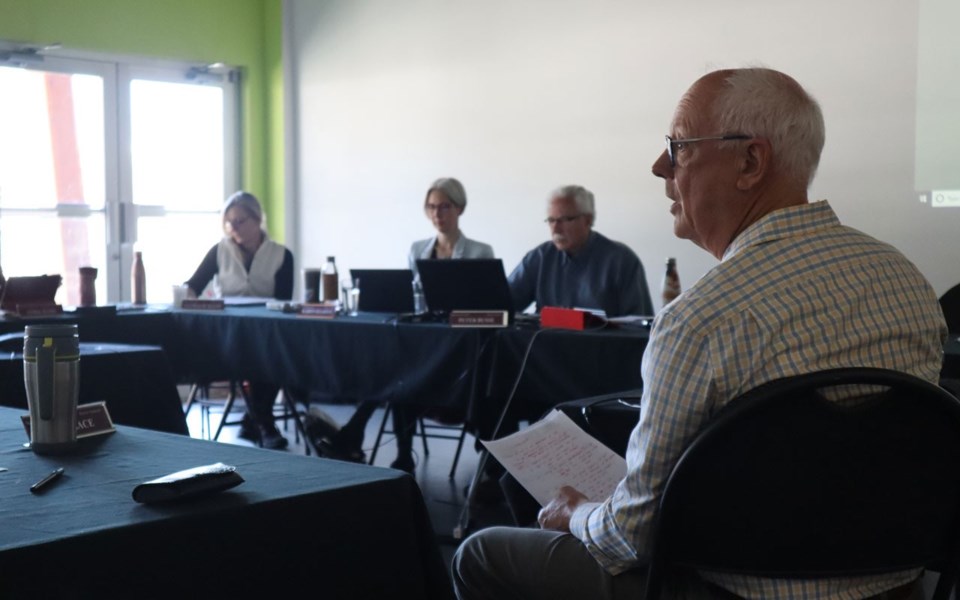More than a year after first floating the idea, the developers of WedgeWoods Estates north of Whistler are still looking to assist with affordable housing options in the Squamish-Lillooet Regional District (SLRD).
Developer David Earhardt was on hand for the SLRD's regular meeting on March 20 in Pemberton to present on the topic.
"What I'm hoping to do today is put before you, for discussion purposes, an opportunity to try and see if there's a way that we can make WedgeWoods serve the community in a better fashion," Earhardt said.
"We have well in excess of 300 acres (121 hectares) of land that presently nothing is taking place on ... we would like to believe that part of the solution for affordable housing can be provided by the private market."
There are two cost components to a typical real estate project, Earhardt said: the land base and the improvements upon it.
"Very roughly, about one third of the costs of a project in the corridor, presently, is made up from the land component—so buying the land, servicing the land, putting the roads and whatnot onto it—the other two thirds are the cost of the building," he said.
"There is opportunity with the land that we have that we can take the cost of the land out of the affordability component."
In other words, if WedgeWoods were to move forward with affordable housing, it would do so by including the serviced land in the process on the basis of $1, "so that anything that does take place on the site in the affordable housing that is created would strictly be based on the cost of the improvements," Earhardt said, adding that the proponents also believe any housing created should have covenants or controls to ensure the land always remains at $1.
Construction on WedgeWoods began in 2008, with the first of six planned phases (constituting 108 lots in total) completed in 2010, Earhardt said.
Things slowed down for a few years after that, until the buyers started returning in late 2014.
"A few people came in and it was then like a dam burst," Earhardt said, noting that phases one through five are now developed (representing 88 lots).
"The first three phases are totally sold out, which represented 51 lots. There's a number of homes under construction there ... and we just recently completed, this year, phases four and five, which have 47 lots. They're about 40-per-cent sold."
Work will take place on phase six over the winter, Earhardt said.
The affordable housing types envisioned include family-style apartments and townhomes—enough to house 50 to 60 families—and would cater to those who are making good money but having trouble getting into the housing market.
"I see what happens (with this proposal as) having the ability to meet another segment of the market of the people that are earning reasonably good money but do not have the ability to swing the big down payments to get into the homes," Earhardt said.
"So it's that in-between group."
SLRD directors expressed interest in the proposal, but had concerns about the added density on the highway, and in a community that is lacking services like a grocery store.
"If something like this were to move forward, one component I would want to see is a lot better consideration for transit," said Pemberton Mayor Mike Richman, noting that there are already capacity issues on transit between Whistler and Pemberton.
"And I know you're not at that stage, so I'm not suggesting you haven't done your homework for this, but I'm suggesting that transit will have to be really, really well accommodated for me to want to support higher density there."
Squamish director Doug Race agreed, positing that the development never should have been approved by the then-board in the first place.
"I had this overriding concern that I have never understood why this development is here," Race said &"So that's a concern for me—whether we want to expand this in any form, and just make the mistake even larger.
"I think my concern is that this is just a development in the wrong place."




